NASA Explorer Schools provides full support for educators wanting additional information about using any of the growing selection of NASA education activities supported by the project. Each activity is designed to excite and inspire students in grades 4-12 by involving them in authentic NASA problems often using NASA data.
The project is pleased to offer one-hour electronic professional development sessions throughout the year for each education activity supported by the project. These highly informative sessions are delivered through NES partner organizations, National Science Teachers Association and Georgia Tech. All NES electronic professional development are free of charge.
Participation in a session requires a computer connected to the Internet. For audio, the computer must have either working speakers or earphones; a headset with microphone connected to the computer; or simultaneous access to a telephone capable of calling a toll-free telephone number.
Each interactive session provides an overview of all support materials in each product module. In addition to introducing and explaining the featured classroom lesson, presenters will review the lesson’s essential question, subjects and topics covered, instructional objective, a connection to NASA and extension activities that may be done by students. Other classroom support resources also will be reviewed.
Participants may ask questions of the presenter through a chat window or on the telephone or headset, if available.
Shortly after signing up for a professional development session, the participant will receive confirmation e-mail with information about joining the online session.
Registered NES educators may sign up for as many electronic professional development opportunities as they would like to attend. However, space is limited in each session.
If, after signing up for a session, you find you cannot attend the session you signed up for, please send e-mail to NASA-Explorer-Schools@mail.nasa.gov. Include your name and the session you had signed up for. Then, return to this site, select a new session, and sign up for it.
Sessions will be repeated several times throughout the school year, so if you can’t participate in a session when it’s offered, you will have other opportunities to sign up for that session.
NOTE: All times shown are EASTERNtimes.
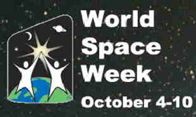

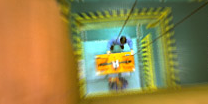 Dropping In a Microgravity Environment, or DIME, is a competition for high school student teams. WING — “What If No Gravity?” — is the competition for student teams in sixth through ninth grades. Both competitions challenge student teams from the U.S. and U.S. territories to develop and prepare a microgravity experiment. Each team must have an adult supervisor.
Dropping In a Microgravity Environment, or DIME, is a competition for high school student teams. WING — “What If No Gravity?” — is the competition for student teams in sixth through ninth grades. Both competitions challenge student teams from the U.S. and U.S. territories to develop and prepare a microgravity experiment. Each team must have an adult supervisor.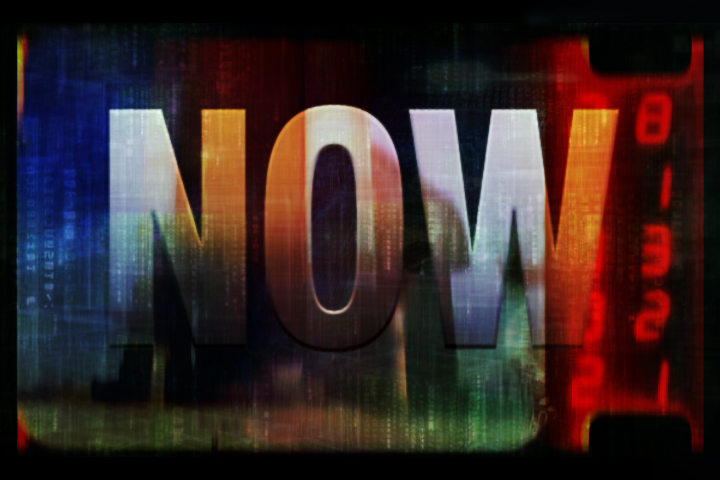
 Middle school educators are invited to join NASA for the International Space Station EarthKAM Fall 2010 Mission from Oct. 12-15, 2010. Find out more about this exciting opportunity that allows students to take pictures of Earth from a digital camera aboard the International Space Station.
Middle school educators are invited to join NASA for the International Space Station EarthKAM Fall 2010 Mission from Oct. 12-15, 2010. Find out more about this exciting opportunity that allows students to take pictures of Earth from a digital camera aboard the International Space Station.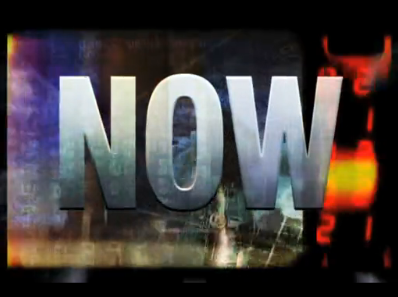 The NASA Now program series highlights a current NASA mission,area of research, or career within the agency.
The NASA Now program series highlights a current NASA mission,area of research, or career within the agency.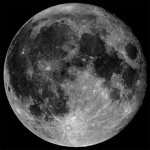 For the first time in almost 20 years, northern autumn is beginning on the night of a full moon. The coincidence sets the stage for a “Super Harvest Moon” and a must-see sky show to mark the change of seasons.
For the first time in almost 20 years, northern autumn is beginning on the night of a full moon. The coincidence sets the stage for a “Super Harvest Moon” and a must-see sky show to mark the change of seasons.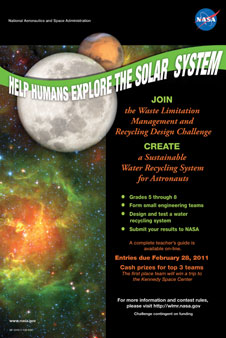 NASA is inviting students in grades 5-8 to participate in the 2nd Waste Limitation Management and Recycling Design Challenge. The challenge uses real-world scenarios that meet science and mathematics content standards. Students can participate in a formal, informal or home-school setting.
NASA is inviting students in grades 5-8 to participate in the 2nd Waste Limitation Management and Recycling Design Challenge. The challenge uses real-world scenarios that meet science and mathematics content standards. Students can participate in a formal, informal or home-school setting.